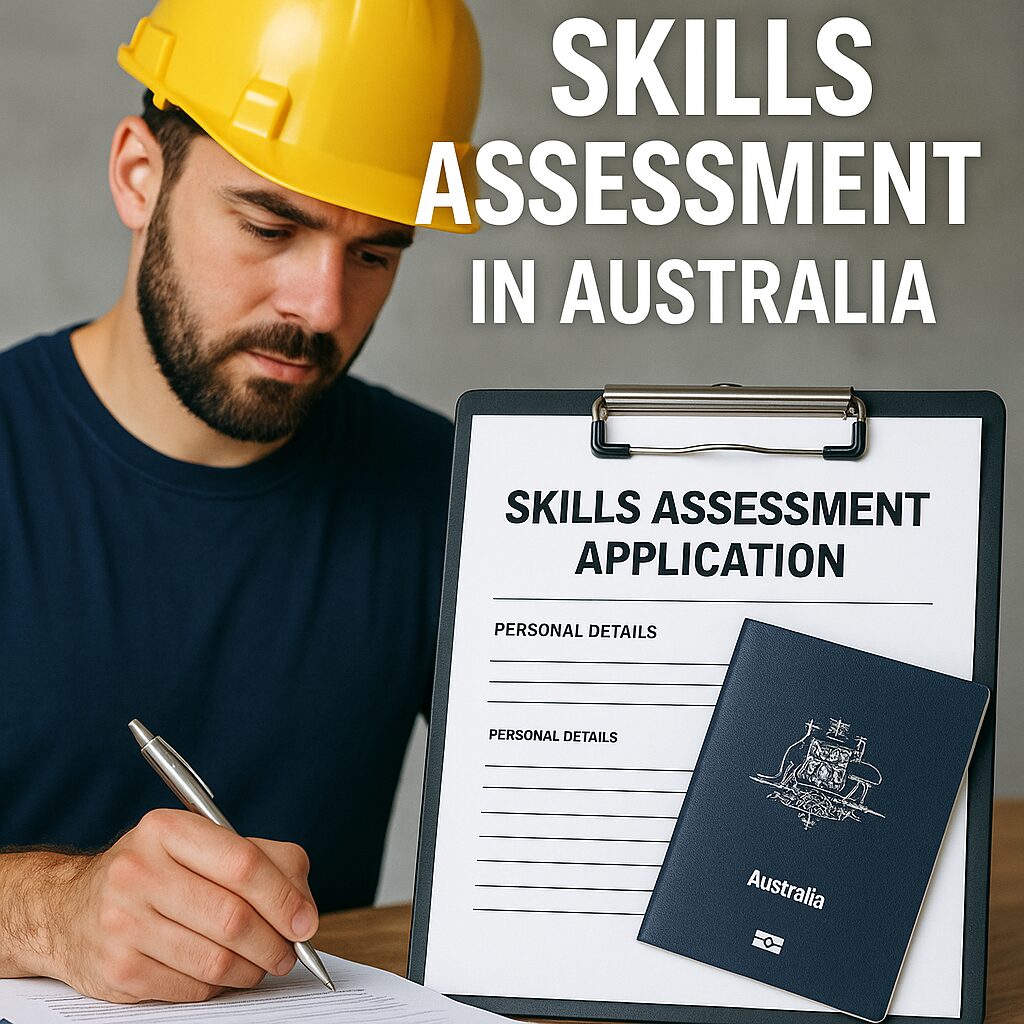If you’re planning to work in a skilled trade in Australia and are applying for a visa through Trades Recognition Australia (TRA), you’ll need to undergo a skills assessment. This process confirms that your skills, qualifications, and work experience meet Australian industry standards.
One of the most important parts of this process is providing the right evidence. Submitting strong, relevant documentation can mean the difference between a smooth approval and a frustrating delay or rejection.
Here’s what you need to know.
What Is a TRA Skills Assessment?
TRA is the authorised body that assesses trade skills for people looking to migrate to Australia. It applies to many visa types, such as the Skilled Independent visa (subclass 189), Employer Sponsored visas (subclass 482 and 186), and others.
Depending on your pathway (e.g., Job Ready Program, Offshore Skills Assessment, or Recognition of Prior Learning), TRA will ask you to submit evidence of your trade skills, qualifications, and work experience.
Key Types of Evidence You Need
1. Proof of Identity
You’ll need to provide certified copies of:
- Passport bio page
- Birth certificate (if required)
- National photo ID (if available)
Your identity documents must clearly show your full name, date of birth, and photograph.
2. Qualifications
Include all formal trade-related education or training you’ve completed, such as:
- Certificates (e.g., apprenticeship or vocational training)
- Transcripts showing subjects and hours completed
- Licensing documents (if applicable in your country)
These must be official documents, translated into English if necessary.
3. Employment Evidence
This is one of the most important sections of your application. You must prove you have worked in your trade for the required time (usually a minimum of 3-5 years, depending on your visa).
Here’s what to provide:
a. Detailed Employment Statements
- Written by current or former employers
- Must be on company letterhead
- Include: your job title, duties, tools used, type of work, hours worked per week, and exact dates of employment
b. Pay Evidence
This may include:
- Payslips (ideally with tax or superannuation details)
- Tax returns
- Group certificates
- Bank statements showing wage deposits
- Employment contracts
c. Self-Employment Evidence (if applicable)
If you worked for yourself, you’ll need:
- Business registration documents
- Invoices issued to clients
- Receipts for material purchases
- Photographic evidence of your work
- Tax records showing income from trade work
4. Evidence of Work Tasks
You need to prove that the tasks you’ve performed align with the Australian standards for your occupation. Include:
- Photos or videos of you performing tasks
- Job cards or service reports
- Tool lists
- Safety documents (e.g., JSA, SWMS)
- Any logbooks or work diaries
These help show the range and depth of your trade skills.
5. Resume or CV
Your resume should clearly outline:
- Your trade experience in order (starting with the most recent)
- The names and locations of employers
- Your roles and responsibilities
- Any ongoing training or licenses held\
Tips for Submitting Strong Evidence
- Get all documents translated into English by a certified translator, if necessary
- Certify all copies of your documents through an authorised person (e.g., a notary or justice of the peace)
- Make sure dates and job titles match across all documents
- Use high-quality scans that are easy to read
- Organise your documents in logical order to help the assessor review them easily
The TRA skills assessment process can be detailed, but the right documentation will give you the best chance of success. Gather your evidence carefully, make sure everything is accurate and professionally presented, and don’t underestimate the value of clear, honest, and detailed employment records. Your trade skills are valuable—this process simply helps prove it to Australian standards. Get started on your application today with ACTS Visa Skills

